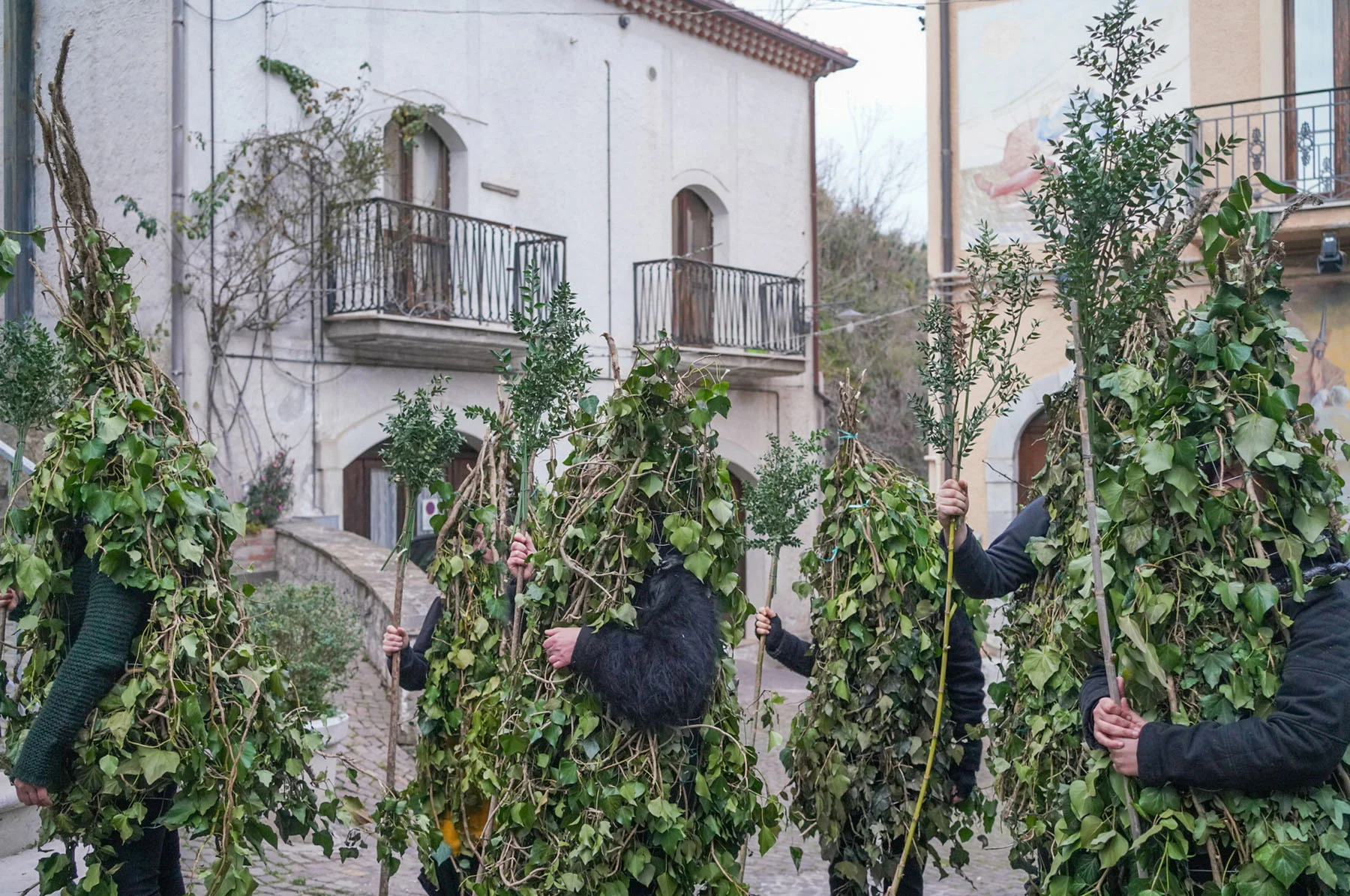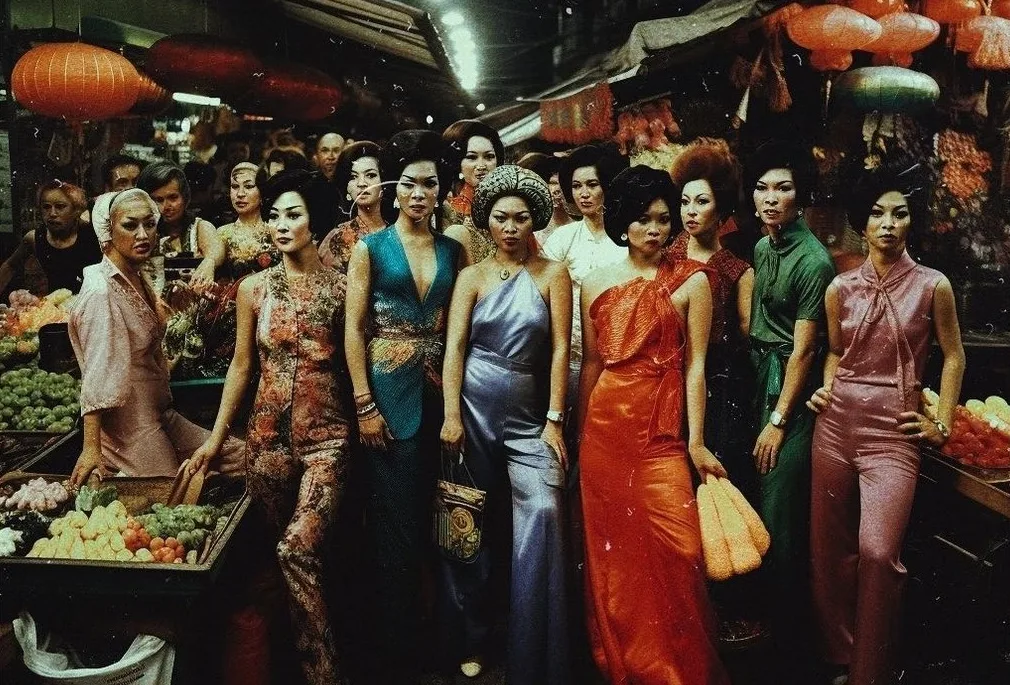

In a way, Nigerian photographer Obidi Nzeribe’s work is a form of protest, a response to the frustration he feels at the way Black creatives are expected to create work focused on struggle. Writer Ify Obi hears how his vivid dreamscapes are intended to offer an escape from reality, and also to highlight the simple joys of Black existence. As he says, “We need art that isn’t centered around pain–we need art that is centered around just being.”

When you look at Obidi Nzeribe’s photographs, you’re drawn to the captivating textures of his subjects’ skin tones, but what keeps you lingering is the warmth and softness they exude. His images have lined the pages of various international magazines, billboards and album covers, and even when exploring somber themes, his photographs maintain a dreamy and relaxed air. Whether he’s capturing the titans of Hollywood or diving into his personal projects, he stays true to his purpose. “I’m looking to help people escape. I want to show people different worlds. I want to let people dream. My work, especially my personal work, is an escape,” he declares.


Growing up in Owerri, Imo State of South-Eastern Nigeria, Nzeribe’s love of chemistry eventually brought him to the US to pursue a degree in chemical engineering. He simultaneously nurtured his interest in photography, which took hold when he was 16. “I was taking pictures of my friends and I didn’t use them for anything,” he says. “I think by the time I reached my junior year of college, I was fully invested in photography. I was ready to drop out, but I had one year of school left. Then I went to grad school and the pandemic happened.” It was at this time that Nzeribe’s sense of purpose took center stage, spurring him from Dallas to Los Angeles to take a chance on photography. “I just dropped out,” he recalls.


In many ways, for the photographer and those who engage with his work, Nzeribe’s images are a prompt for healing; for unlearning or questioning the tenets that have shaped our lives. Growing up in Nigeria, most of that is centered around fear of failure and the longing for success. “As Nigerians, we’re raised in such competitive environments. It’s this Nigerian idea of exceptionalism,” Nzeribe explains. “You’re either smart or stupid. You’re either successful or a failure. There are no in-betweens.” This idea remains with him into adulthood: “I have this intense self-doubt,” he says. “I feel this comes from me always saying to myself that I can do better, that my grass can always be greener.”

The escapism in his work is evident in the series “I Hope Summer Never Ends,” in which he calls to mind the innocence of childlike fun and the need to shed the burdens we live with. “The only time I actually got to be a kid was during the summer. The other times, I was in school having to worry about grades and all that stuff,” Nzeribe recalls. “I wanted to make something that looked like it came from a kid’s mind, so I started putting flowers in baseball caps until it formed a fro.”
The project is intended to inspire people to reclaim the joys of their childhood as a soothing and restorative process in place of the anxieties of adult life. "There’s so much beauty in being a kid. Your mind hasn’t been beaten down by society. It can just go to fascinating places. You can create worlds where people have flowers for hair or where mermaids exist," Nzeribe remarks. "There needs to be space for the unserious shit in life. We need it."


Nzeribe has always had a vivid understanding of what beauty means to him, be it the quiet and rainy demeanor of summers in Owerri or capturing the simplicity of Black existence as he has "only ever known beauty from a Black perspective." His style may not be documentary-focused, but it reflects the lighthearted realities of his experience as a Black man. As with many young creatives of African descent, Nzeribe’s work challenges stereotypes of what our existence in this world looks like.
"I feel like as Black creatives, we get pigeon-holed into this idea of creating dark work rooted in struggle. Our experiences have not always been dark and heavy. We’ve had light, we’ve had joy, and we need to celebrate that. We need art that isn’t centered around pain. We need art that is centered around just being.”


